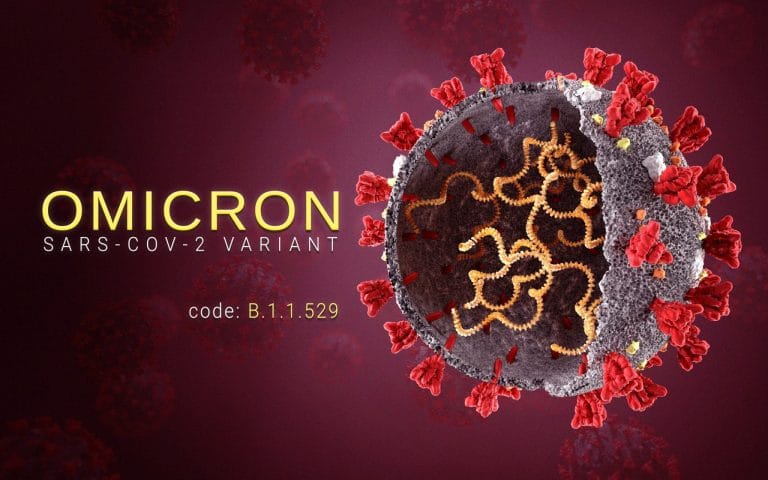More than only making it harder to enjoy one’s life, depression has a number of negative consequences. It is possible that your ability to think will be impaired as a result of this. Paying attention, recalling information, and making sound judgments are all impaired as a result of this condition. Because your executive functions may be impaired, you may have difficulty separating problems from one another. Read carefully and learn how do depressants affect the brain
Depression can have an effect on both the physical architecture of the brain and the state of mind of the person suffering from it. This process includes inflammation, oxygen restriction, and even shrinkage.
Depression can affect your neurological system’s central control Centre, to put it simply.
When it comes to the brain, how do depression affect the brain?
If you’re interested in learning more about how do depression affect the brain and what you can do to prevent these changes, we’ve compiled all of the information you’ll need in one convenient location.
Cell bodies and nerve cells make up the majority of the grey matter in the brain, which is composed of brain tissue. People who suffer from depression were shown to have thicker grey matter in the areas of the brain that are involved in self-perception and emotions, according to the findings. This aberration could be contributing to the difficulties that someone suffering from depression experiences in these areas.
4 Ways Depression Affects the Brain Physically:
Here we are going to describe four ways that describe how depression affect the bran.
01. Swelling of the brain
Depressed people’s brains may shrink in specific areas, according to new research. Researchers are still debating which parts of the brain atrophy and by how much in depression. The following areas of the brain, however, have been proven to be influenced by recent studies:
- Neurons in the brain’s limbic and frontal lobes
- Hypothalamus
- Thalamus
- Amygdala
Depressive episodes tend to be longer and more intense when these areas diminish. Hippocampus changes may begin to appear within eight months to a year of the onset of symptoms.
Trusted source for support during a single bout of depression or a series of minor ones. However, when a specific area of the brain weakens, so do the functions associated with that area. Emotional reactions and the recognition of emotional cues in others, for example, are controlled by these two brain regions working together. As a result of postpartum depression, sufferers may be less empathic (PPD).
02. Inflammation of the brain
New connections have been made between inflammation and depression as well. If inflammation causes depression or the other way around there’s considerable contention.
However, the longer a person has been depressed, the more likely they are to have elevated levels of brain inflammation. Depression patients who have been depressed for more than ten years were shown to have a 30% rise in inflammation, according to a credible source.
Depression is more likely to be linked to long-term brain inflammation as a result. Brain inflammation can cause a range of problems, including the death of brain cells. A person’s ability to adapt to new situations diminishes as their neurotransmitter function weakens (neuroplasticity)
As a whole, they can cause issues in the following areas:
- Development
- Brain’s ability to learn
- Ability to retain information
- Mood
3. Oxygen consumption is restricted.
Depression is linked to a lack of oxygen in the body. It’s possible that these alterations are linked to changes in breathing brought on by depression, although it’s not obvious which comes first.
When the brain isn’t getting enough oxygen, specific immune cells in people with major depressive disorder or bipolar disorder are more likely to express a biological component (hypoxia).
As a result of oxygen deprivation, there are a number of symptoms that can occur, including:
- Injuring the brain’s neurons
- The loss of brain tissue.
Symptoms of inflammation and cell death, as we’ve seen, can have a wide range of effects on a person’s health. Confusion can result from short-term hypoxia, such as that experienced by hikers at high altitudes. Depression can be reduced by hyperbaric oxygen chamber therapies that increase blood oxygenation.
4. Skeletal and connective tissue changes
Depression’s effects may also affect the brain’s structure and connectivity.
They include:
The hippocampus is not as effective as it used to be. Memory loss may result from this. As a result, the prefrontal cortex is less active. There may be a lack of focus and the individual may be unable to complete their goals (executive function).
Functionality of the amygdala is reduced. As a result, mood and emotional control may be compromised. At least eight months are required for most modifications to take effect. A person’s first depressive episode can last for years or even decades after they’ve recovered from their other mental health disorders, such as anxiety and melancholy.
In order to avoid these changes, what can I do to help?
There are several ways to lessen or even prevent some of the harmful effects of depression that have been outlined above.
The following are a few examples:
Getting help
It’s critical to ask for aid. Stigma around mental diseases prevents people from seeking care, especially men. Understanding that depression is a physical illness can help society overcome these stigmas.
If you suffer from depression, know that you are not alone. Mindfulness-based cognitive and group therapy can help people find support and overcome stigmas. They may even help cure depressed symptoms.
Antidepressants
Antidepressants may help avoid bodily changes in depressed people. They can help manage both the physical and mental impacts of depression.
psychotherapy
In addition to fighting physical changes, counselling and medications can help you cope with your problems.
Stress relief
The easiest way to avoid these brain changes is to avoid depression. Many studies link psychological stress to the beginning of depressive episodes. Asking someone to reduce their stress may seem impossible, but there are simple and quick changes you can make to help.
Now You are Learned how do depression affect the brain
Conclusion:
A hyperactive amygdala, striated nucleus, limbic system, and subcortical structures are all present in depressive states. Depression medications and psychotherapy both have the power to modify the way that the brain functions. In severe depression, the white matter in the regions of the brain linked with the frontal cortex and the basal ganglia becomes hyperactive, causing the brain to become hyperactive. Try to maintain a stress free life to avoid these issues.







